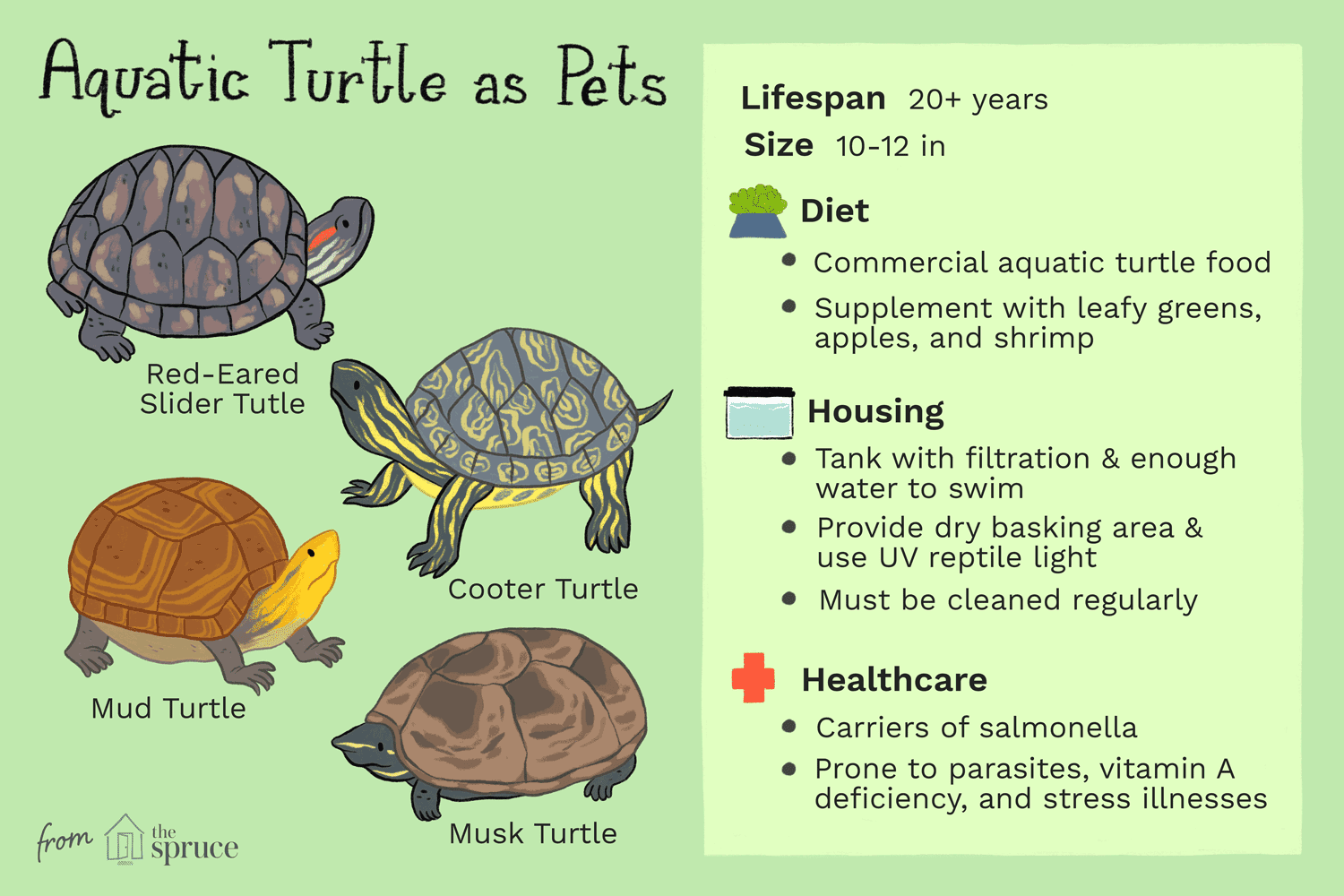A turtle tank should have clean water, a basking area, and proper lighting. Include a water filter and a UVB light.
Setting up a turtle tank correctly ensures the health and well-being of your pet turtle. Start by choosing an adequately sized tank, considering the turtle’s adult size. A water filtration system is essential to maintain clean water and prevent bacterial growth.
A basking area allows turtles to dry off and regulate their body temperature. Ensure the basking spot has both a heat lamp and a UVB light to mimic natural sunlight, aiding in shell and bone health. Adding aquatic plants and hiding spots can create a more natural environment. Regular maintenance and proper care will keep your turtle happy and healthy.
Introduction To Turtle Habitats
Creating an ideal turtle tank involves proper water filtration, heating, and UV lighting. Include basking areas and suitable substrate. Ensure enough space for swimming and resting.
The Importance Of Proper Tank Setup
A proper turtle tank setup is crucial. It helps turtles stay healthy and happy. A good tank mimics their natural habitat. Clean water and a basking area are essential. Turtles need UVB light to grow strong shells. A proper tank setup prevents diseases. It also reduces stress for turtles.
Differences Between Turtle Species
Different turtle species need different setups. Aquatic turtles need more water. Land turtles need more dry space. Some turtles like warm water, others prefer cooler water. Check your turtle’s needs before setting up the tank. Proper care helps them live longer. Make sure to know your turtle’s species well.
Choosing The Right Tank
A turtle needs a big tank. The tank should be at least ten gallons. Each inch of turtle needs ten gallons. A small tank can make turtles sick. Turtles grow fast, so plan ahead.
A glass tank is a good choice. Glass is clear and easy to clean. Avoid plastic tanks. Plastic can scratch and hold bacteria. Turtles need clean water. Use a sturdy tank that won’t leak.
Essential Equipment For Turtle Tanks
Setting up a turtle tank requires a water filter, basking area, UVB light, and a heater. Clean water and proper lighting ensure a healthy environment for turtles. A well-maintained basking spot helps regulate their body temperature.
Filters For Clean Water
Filters keep the water clean and fresh. Turtles produce a lot of waste. This waste can make the water dirty quickly. A good filter helps remove waste and toxins. The filter should be strong enough for the tank size. Choose a filter that is easy to clean. Clean the filter often to keep it working well.
Heaters And Thermometers
Turtles need warm water to stay healthy. A heater helps keep the water at the right temperature. Check the water temperature with a thermometer. Most turtles need water around 75-80 degrees Fahrenheit. Place the heater where the turtle can’t touch it. Make sure the heater is waterproof and safe for turtles.
Creating A Basking Area
A basking platform should be sturdy. It must support your turtle’s weight. Choose a platform made of safe materials. Platforms can be rock, wood, or plastic. Ensure the platform is stable. The turtle should climb it easily.
UVB light is crucial for turtle health. It helps turtles produce vitamin D3. This vitamin is needed for strong bones. Place the UVB light above the basking area. Ensure it covers the entire platform. Replace the UVB bulb every six months. This ensures your turtle gets enough UVB rays.
Aquatic Plants And Decorations
Use live plants like java fern and anubias. These plants are safe for turtles. They help keep the water clean. Avoid plants that are toxic. Fake plants are also an option. Make sure they are turtle-safe.
Add rocks and driftwood to the tank. These items give turtles places to hide and climb. Use smooth rocks to avoid injuries. Driftwood should be free of chemicals. Arrange plants and decorations naturally. This makes the tank look like a turtle’s natural habitat.
Water Quality And Maintenance
A turtle tank needs clean water. Change the water regularly to keep turtles healthy. Dirty water can make turtles sick. Use a siphon to remove old water. Replace it with fresh, dechlorinated water.
Check the water pH with a test kit. Turtles like a pH between 6.5 and 8.0. High or low pH can harm them. Nitrogen levels must also be checked. High nitrogen can be toxic to turtles. Use a filter to keep nitrogen levels low. Test the water weekly to ensure it is safe.
Feeding Your Turtle
Turtles need a balanced diet. Include leafy greens, insects, and turtle pellets. Avoid feeding them only one type of food. Variety helps keep them healthy. Offer calcium supplements for strong shells. Never give them dairy products. They can’t digest it.
Feed your turtle once a day. Young turtles need more food than adults. Offer food that fits their head size. Remove uneaten food after 20 minutes. Overfeeding can cause obesity. Keep a feeding schedule to track their diet.
Health And Safety Considerations
Clean the tank regularly to stop fungus and bacteria. Remove uneaten food and waste daily. Change the water every week. Use a good filter to keep water clean. Check your turtle for any signs of infection. If you see anything unusual, visit a vet.
Make sure the tank is escape-proof. Turtles can climb, so have a secure lid. Keep the water at the right temperature. Use a heater if needed. Check for sharp edges inside the tank. Remove any dangerous objects.
Troubleshooting Common Issues
Algae growth can be a common issue in turtle tanks. Ensure the tank is not in direct sunlight. Use a good water filter to keep the water clean. Add algae-eating fish or snails to help control algae. Clean the tank regularly to remove any algae buildup. Reduce the amount of light the tank receives daily. A UV sterilizer can also help in controlling algae growth.
Aggressive behavior in turtles can be challenging. Separate turtles if they fight often. Provide hiding places for each turtle in the tank. Ensure the tank is large enough for all turtles. Feed them separately to avoid fights over food. Monitor their behavior regularly and consult a vet if aggression continues.
Conclusion
Setting up a turtle tank properly ensures a healthy and happy environment for your pet. Ensure clean water, a basking area, and proper lighting. Regular maintenance is crucial for their well-being. Follow these tips, and your turtle will thrive. A well-maintained tank leads to a thriving, happy turtle.



Leave a Reply